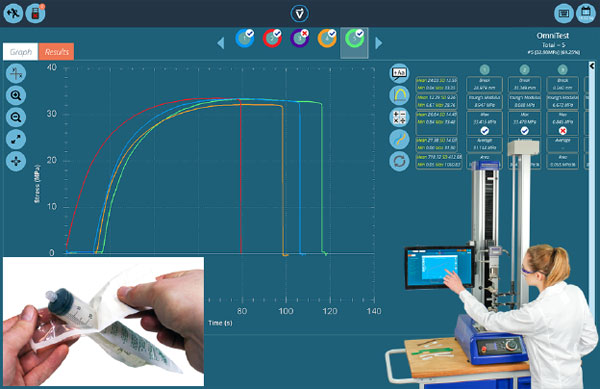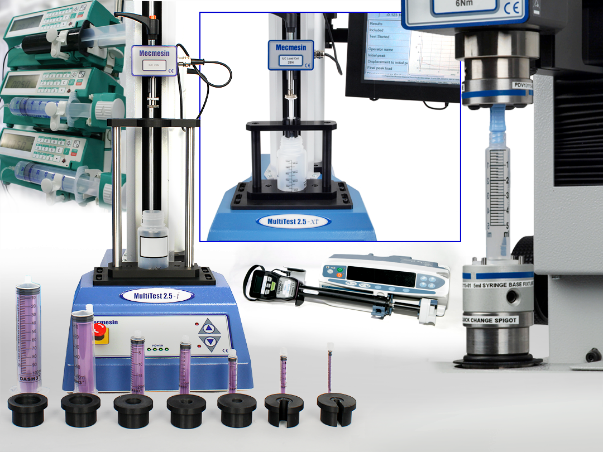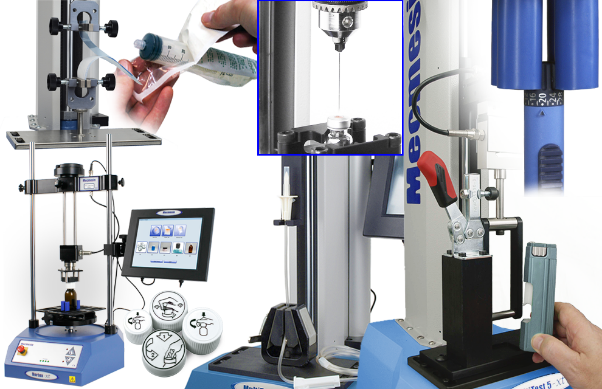DESIGNING MEDICAL DEVICES? LET US INSPIRE YOU!
Precision medical wire is an essential component of many medical devices. Sandvik's EXERA™ program of alloys, wire forms and wire components, wire diameter range and coating types can be combined to match unique applications. We can also do all sorts of different process operations - we offer a "one-stop shop" solution. Together we can design a process and product that cannot be found anywhere else in the world.
Take advantage of our creativity, courage and let us become an integral part of your research and development process. We can help you conceive and implement innovative solutions that make a drastic difference to the lives of those who utilize your devices.
Let us inspire your product innovation!
Check out our video and learn more about the value-added operations we can support you with.
For more information about EXERA fine medical wire and wire components: https://exera.sandvik
Welcome to come by and talk more. We are at the following exhibitions:
- MedTech China, 25-27 September, Shanghai World EXPO Exhibition & Convention Center. Booth #P106
- Medical Technology Ireland, 25-26 September, Galway Racecourse. Booth #52
- Science for Neuroscience (SFN), 19-23 October 2019, Chicago, USA. Booth #1511
- MD&M Midwest, 23-24 October, 2019, Minneapolis, USA. Booth #2433
- Compamed, 18-21 November 2019, Messe Dűsseldorf, Germany. Booth #8AK16




